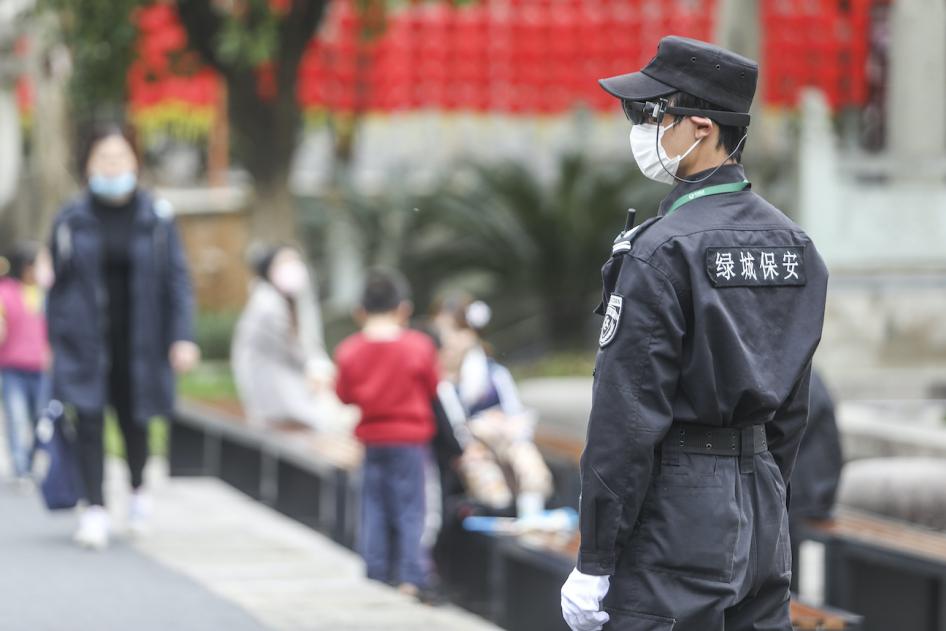“I thought the days when humans are ruled by machines and algorithms won’t happen for at least another 50 years. [But] this coronavirus epidemic has suddenly brought it on early,” a blogger on the popular Chinese forum Zhihu wrote. The blogger was complaining about Health Code, an app that local authorities around China rely on to make decisions about quarantining individuals amid the COVID-19 outbreak.
The Chinese authorities are notorious for using technology for surveillance, unconstrained by privacy legislation, a free press, robust civil society, or an independent legal system. In Xinjiang, northwestern China, police over the last few years have collected residents’ biometrics without their consent. This and other data has been used to evaluate the level of political loyalty of the region’s 12 million Turkic Muslim minority residents and to determine how much freedom of movement they will be allowed.
How does Health Code work? People first fill in their personal information, including their ID number, where they live, whether they have been with people carrying the virus, and their symptoms. The app then churns out one of three colors: green means they can go anywhere, yellow and red mean seven and 14 days of quarantine, respectively. The app also surreptitiously collects – and shares with the police – people’s location data.
The app’s color determination has a wide-ranging impact on the lives of its 700 million users, as local authorities throughout China require people to show their app when they hail a ride, go to supermarkets, or enter and exit residential areas and the subway. Their ability to move around, earn a living, and even obtain necessities and medical care are dependent on the app’s tri-color code. The access control systems of some residential areas even use facial recognition technology, allowing only those with green code to enter, indicating that these systems are linked.
Exactly how companies designed the app and the criteria they use to categorize people remain unclear. The Zhejiang provincial government has promulgated a set of standards for the Health Code app, outlining broad and ambiguous criteria for categorization. “Having been to affected areas recently” and “belonging to groups relevant to the epidemic” are two of seven criteria that can turn a user’s code red. Other local governments are authorized to establish rules for carrying out these criteria in their districts. Without further insight into the inner workings of the app it is hard for people to make sense of the color they are assigned, or what circumstances might trigger a change in color.










